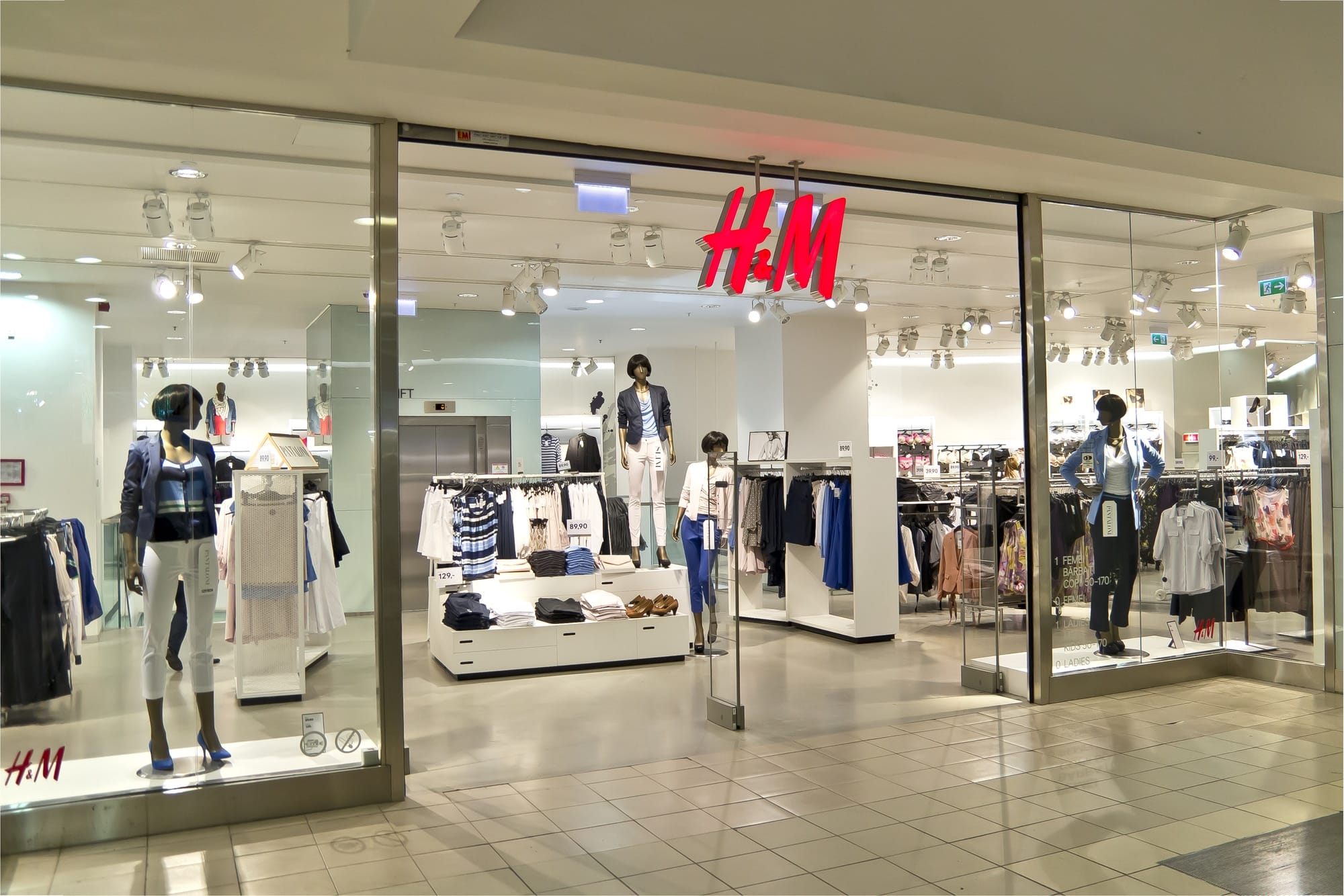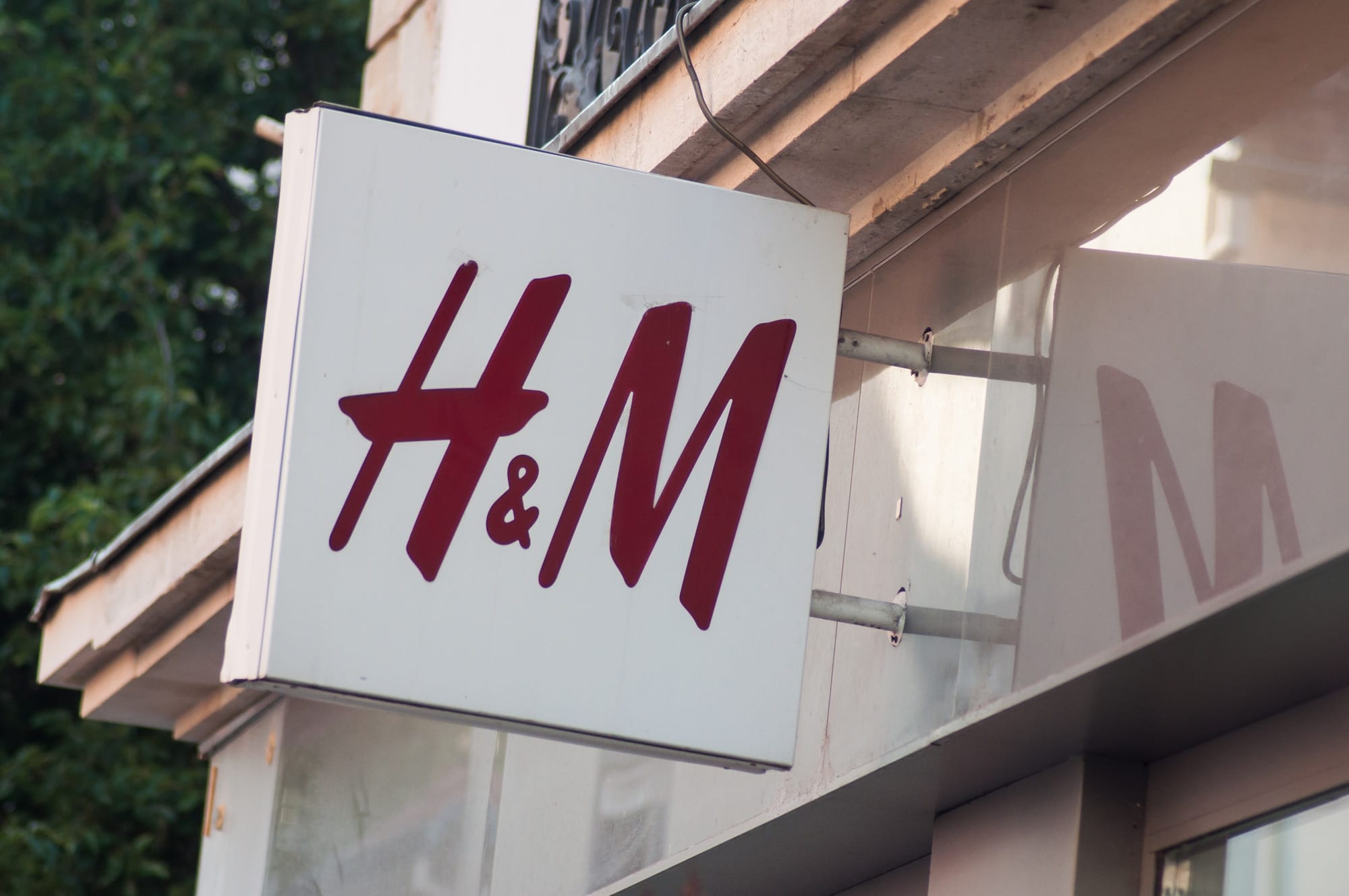Hennes & Mauritz AB, better known as H&M, is one of the biggest names when it comes to fast fashion in the modern world. Fast Fashion is a trend that refers to replicating clothes from expensive brands in a short amount of time and by using cheaper fabrics and labor. Not only has this made clothes less costly for consumers, but it has also reduced costs and increased profits for the producers.
H&M’s story inspires many. From a single store in Sweden that was started more than 65 years ago, the brand has transformed itself into a leading multinational that is second only to Inditex when it comes to global clothing retailers. Today H&M is operating in 74 countries and has online shopping available in 33 of those. It has over 5,000 stores with clothing for men, women, teenagers as well as children. Erling Persson started the company, and today it is run by his son Stefan Persson along with Helena Helmersson.
By using strategic focus areas, the company has managed to make a name for itself and come up as one of the biggest names in fashion retail. It does not manufacture its own clothes; instead, it sources them from other suppliers in Asia. Fast fashion is the main reason that the brand has managed to create such profits for itself as well as procure an image. Whenever someone talks about fast fashion, H&M is one of the first names to be mentioned.
Due to its unique success story, undertaking a SWOT Analysis of H&M will help understand the brand on a deeper level.

H&M’s Strengths
A Wide Variety of Products
H&M started with selling only clothing that too just for women. Today, it has branched out and started selling a wide range of products other than clothes as well. The list includes cosmetics, accessories, shoes, blankets, decor pieces, candles, etc.
The company has around eight sub-brands (H&M Home, Monki, Cheap Monday, etc.)that sell these products.
Individual Brand Identity
The eight brands that come under H&M Group are H&M, COS, Monki, Weekday, & Other Stories, Cheap Monday, H&M Home, and ARKET. All of these brands have their own unique identities that people know them by. The H&M group has carefully crafted these identities to target specific consumer groups.
Growing Financial Situation
As discussed previously, fast fashion enables brands to acquire hefty profits, reflecting in H&M’s financial performance over the years. If a brand manages to show fiscal growth, this not only provides financial stability to the company itself but also increases the chances of external investment.
Presence in the Global Market
H&M’s presence in the global market is robust since it is spread in over 74 countries in all of the six continents. The brand has managed to expand its consumer base by always approaching new markets.
Such geographically strategic moves enable the company to develop as a strong competitor to other brands of similar dimensions. The global presence of H&M also brings it sustainability and stability and reduces potential business risks.
Pricing Strategies
Fast fashion brings on board a lot of opportunities for the suppliers to earn the right amount of profits. H&M prices its products in such a way that it gets to sell high-quality products at lower prices which keeps churning in high yields. This strategy works solely because of the fast fashion model that is highly cost-effective.
Strong Online Presence
Considering the technological advancement in today’s day and age, online platforms have become one of the main avenues of marketing for brands. H&M has managed to generate a strong online presence that too one that is spread across various platforms. This really helps with online as well as in-store sales for the brand.
The company has successfully managed to make the most of all the tools at its disposal to ensure that its brand is sustained.
Community-centered and Customer-centric Approaches
H&M focuses on developing a customer-centric model to provide its consumers with a satisfactory experience. Approaches like these have attributed a lot of value to the brand’s name.
The group has also tried to keep itself very community-centered. One can find an excellent example of this from when the brand shut down its stores in support of the protests in the US. Taking an interest in the interests of the community can really help a brand be more sustainable.
H&M’s weaknesses
Lack of Originality
Due to its fast-fashion model, H&M relies heavily on current trends and designs by other brands for its products. This situation leads to critics calling the products of the brand not only unoriginal but uninspiring as well. Since everything the brand does has already been done, there is no innovation in the products that might attract fashionistas.
The brand does not come up with its own trends but rather just copies what everyone else is doing.
Ethical Concerns
People often raise many ethical questions on the practices of fast fashion brands. The idea behind these concerns is that it is unethical to steal ideas from other brands in the first place. But on top of that, mass-producing these items using cheap labor is dehumanizing and against fair work principles.
In addition to copying off high-fashion brands, people have also accused fast fashion brands of blatantly ripping off designs from Indie creators without giving them the due credit.
The working conditions in the manufacturing factories that H&M sources its products from are questionable and unjust. Problems like this add to the question of the legitimacy of fast fashion and brands like H&M.
Overdependence on Outsourcing
The fact that H&M outsources all of its products from external producers raises a point of contention. The brand is entirely dependent on these producers, and any halt in their factory production will cause the sales of H&M to drop instantly.
Controversies
Another thing that has become almost a trend with brands like H&M is the list of controversies raised on its products. In 2018, a lot of customers boycotted H&M, and its products after a marketing campaign of theirs was called out to be racist.
Similar incidents have happened with other fast fashion brands as well. The Chinese brand Shein has been under a lot of fire recently on more than one occasion on cultural appropriation charges.
H&M Opportunities

Diversifying its Product Range
H&M is already offering a wide range of products. If the brand branches out just a little bit more to bring new products on its list, this can turn out to be very beneficial for its image as well as brand stability.
eCommerce
Online shopping has opened up new avenues for fashion retailers. The brand can turn this into an even more significant opportunity for itself if it starts fully utilizing the resources at its disposal. The e-commerce platform seems to be emerging as the future of the retail industry, which can definitely work in H&M’s favor.
Acquisitions and Mergers
Brands often use acquisitions and mergers to curve competition by creating barriers to entry into the market. The brand can also use mergers or acquisitions to expand into other markets as well.
Expansion Plans
H&M has recently opened up a lot of new stores. Expanding its store base this way can be really beneficial for the revenues of the brand since it will increase sales.
Emerging Markets
H&M currently operates in 74 countries, and there are a lot of new emerging markets that remain untapped by the brand, especially in Asian and African states. By exploring these new markets, the company will be able to raise more profits and expand its consumer base.
More Demand
Standards of living and purchasing power of people are both increasing across the globe. This increases the demand that people have for branded products as they become more brand conscious. H&M can cash in on this opportunity by capitalizing on the higher demand.
H&M Threats

Fast-Evolving Trends
H&M relies on trends and hence also has to keep up with their changing nature. The dynamic of fashion trends are such that they are ever-evolving, but this change has been accelerated with the advent of social media. It has become almost a race to keep up with all the new trends, and if a brand does not keep up, it can risk losing sales.
E-commerce as a threat
If e-commerce opens up new platforms for H&M, it does the same for other brands, even relatively smaller ones. The advent of online shopping has provided smaller brands with an almost equal opportunity to acquire sales. When both of these brands get the chance to be present on the same platform, it can take away from the sales of H&M and distribute them to other brands. This can happen even if those brands are relatively much smaller because these boundaries get blurred during online sales.
Competition
The apparel industry is continually getting new suppliers, increasing the competition, and putting pressure on these brands to always stay on top of their game and keep up with the trends.
Currency Fluctuations
H&M’s reporting currency is the Swedish Krona, but most of its sales come from Dollars and Euros. The fluctuations in international foreign currencies, especially those of developed nations that H&M derives most of its money from, can significantly impact the brand’s profits.
Avoidance of Fast Fashion
The increased activism against fast fashion is a massive threat for H&M and other similar brands. People have started advocating against these companies for many reasons. Many often say that these fast fashion products are cheaply made and hence not durable.
Environmentalists have raised concerns regarding the environmental cost of these cheap products. These products significantly contribute to pollution by their toxic textile waste.
Lastly, people have also started decreasing the use of fast fashion because it exploits cheap labor and copies off of other brands.
Pandemic and Recession
The lockdown that had to be imposed because of the pandemic has affected the flow of products and raw materials from one place to another, which can heavily impact H&M’s sales. The pandemic has also posed an imminent threat of an economic recession which is another factor that can cause the sales of the brand to take a hit.
It is challenging to deal with these problems as well since they are long-term, and there is a lot of uncertainty as to when things will actually get better.
Restrictions in International Trade
H&M is a Swedish company that outsources most of its products from Asia and then sells them globally; it is heavily reliant on International Trade. There are always risks of trade restrictions that can have a considerable impact on a global brand’s sales like H&M if they do get imposed.
Final Thoughts on the H&M SWOT Analysis
H&M has a huge name in the fashion industry and a place that no brand can take away from it. It has developed a brand name for itself that all the consumers know of, making other suppliers hesitant to enter the market.
According to this H&M SWOT analysis, the brand can utilize all of these aspects and other opportunities to its benefit to overcome the threats that it is facing. Furthermore, the dangers in place for H&M are also not novel to the brand only. Other fashion retailers are facing the same hurdles.
Hence, it is not impossible for the brand to turn the situation the other way around by finding innovative solutions to these threats and its own weaknesses. The fast fashion industry has always been a race and will continue to be so. It is now up to brands themselves to realize where they stand in this race and how they are planning to improve their relative position in the global market.









